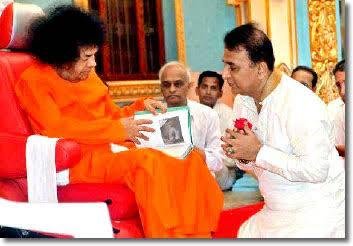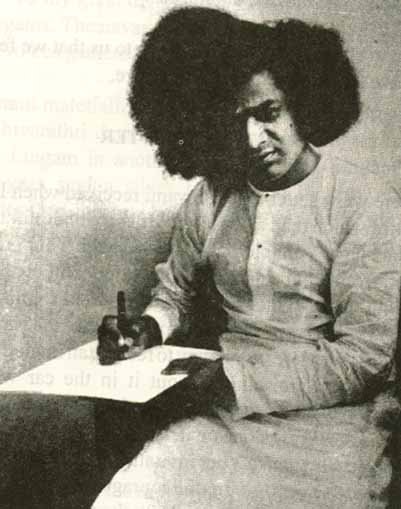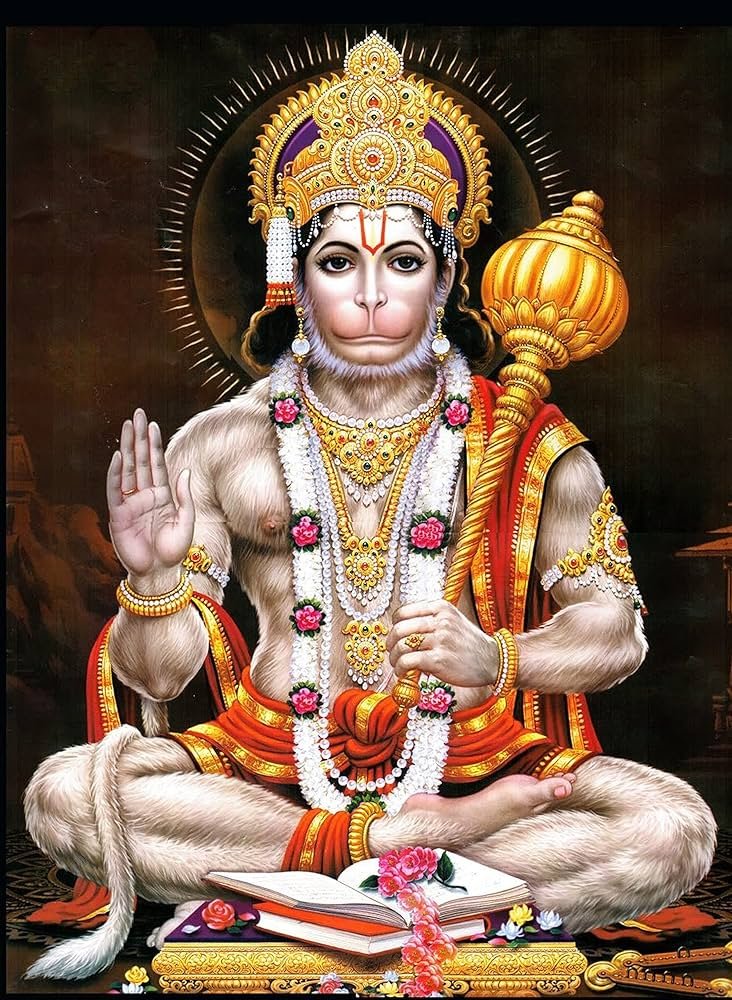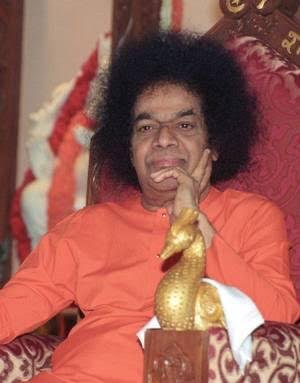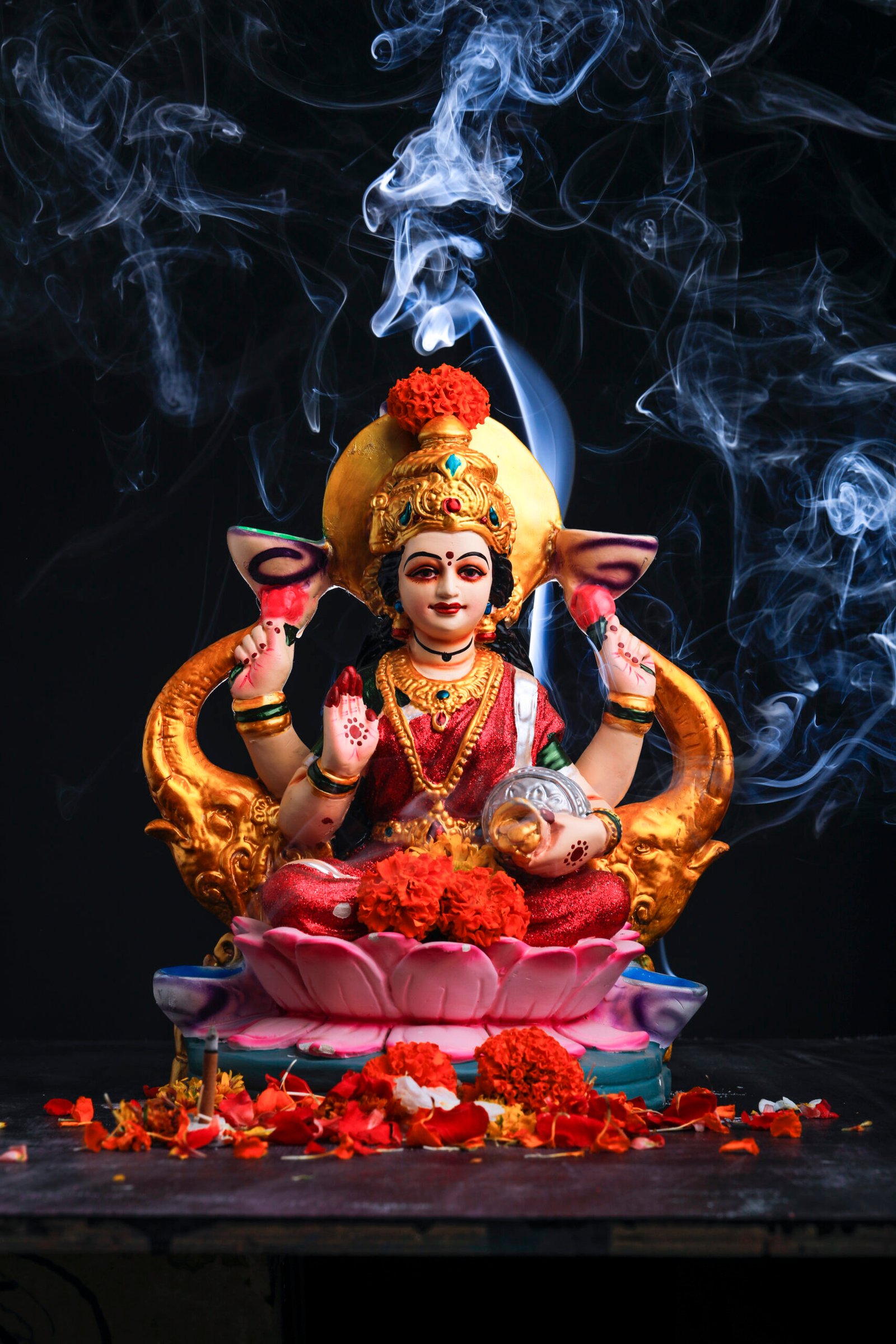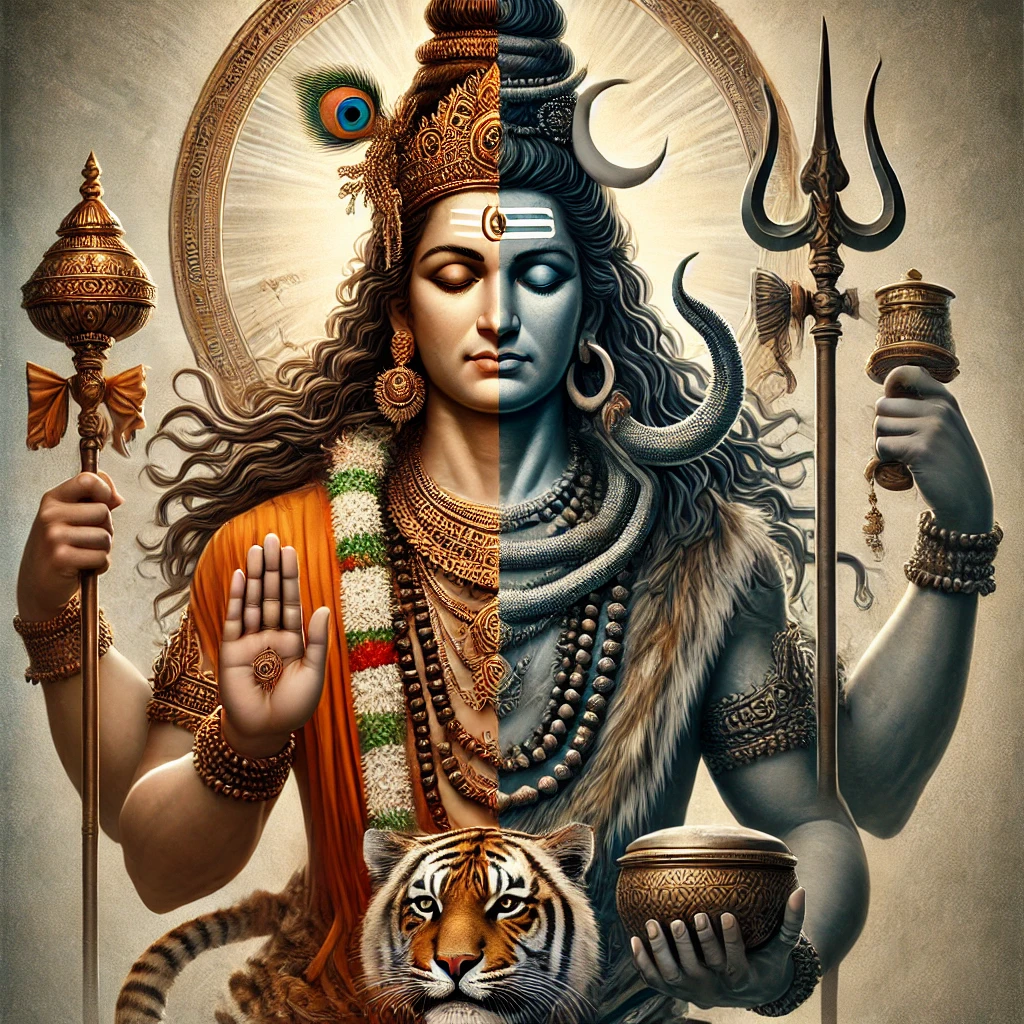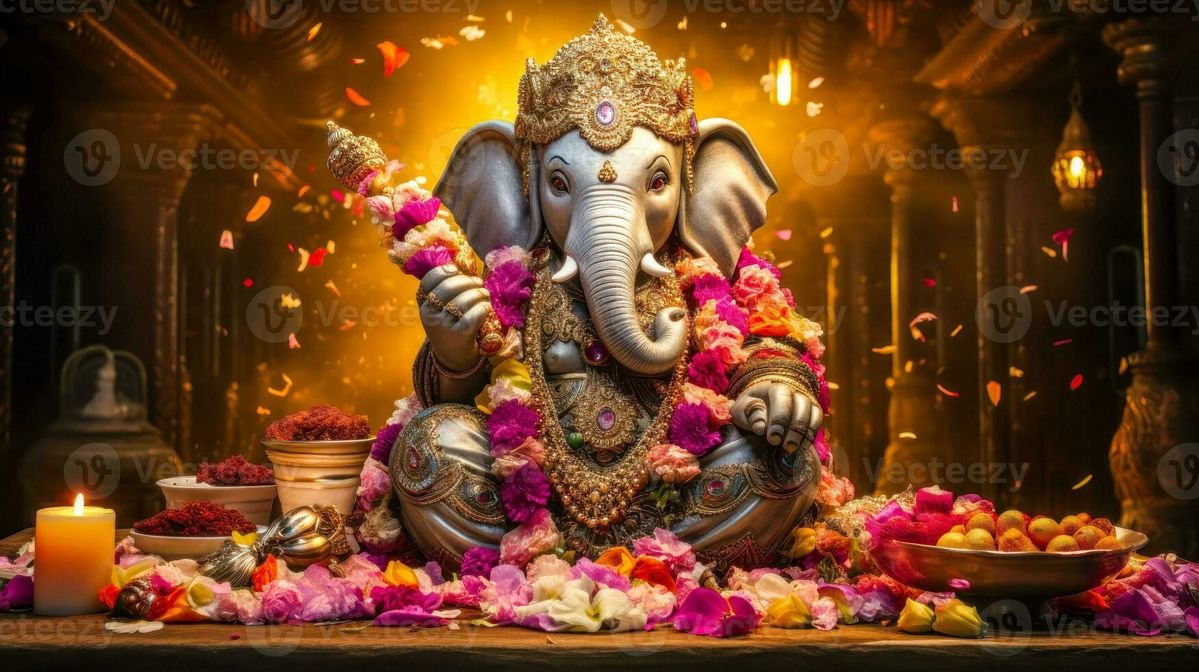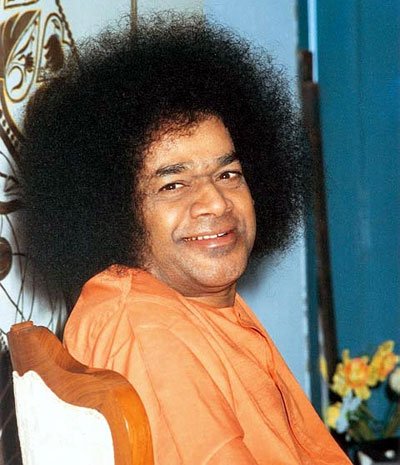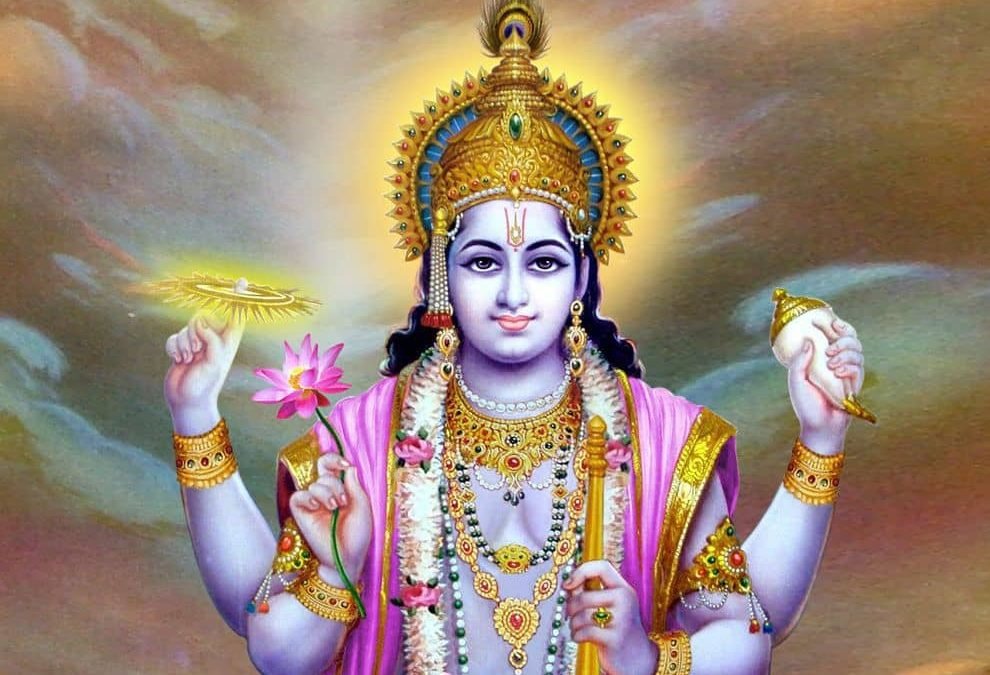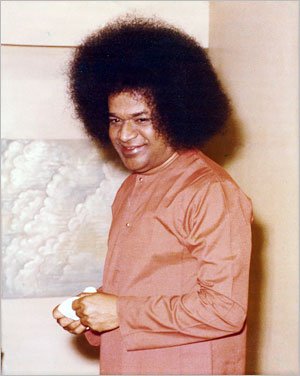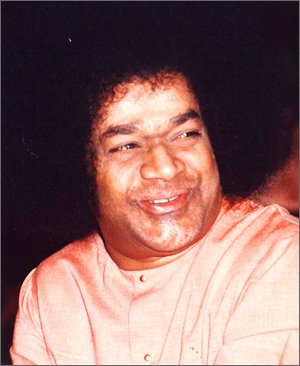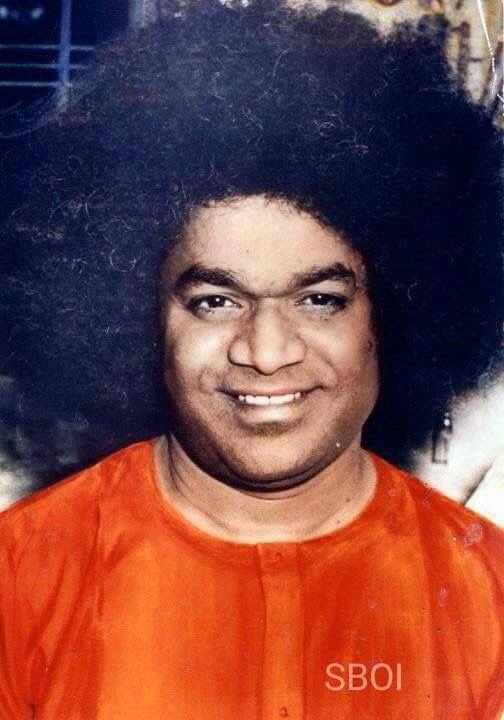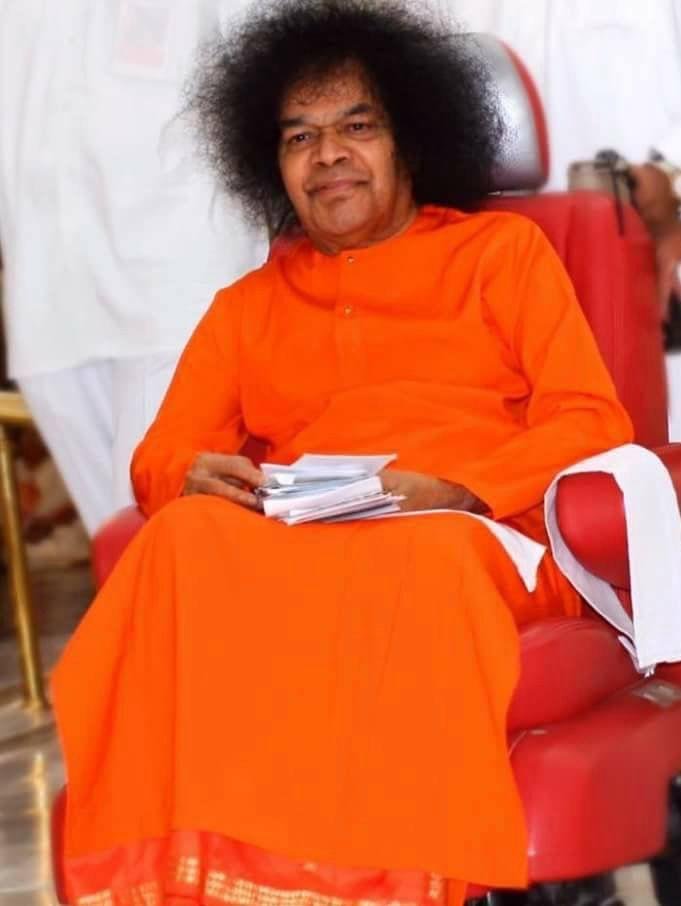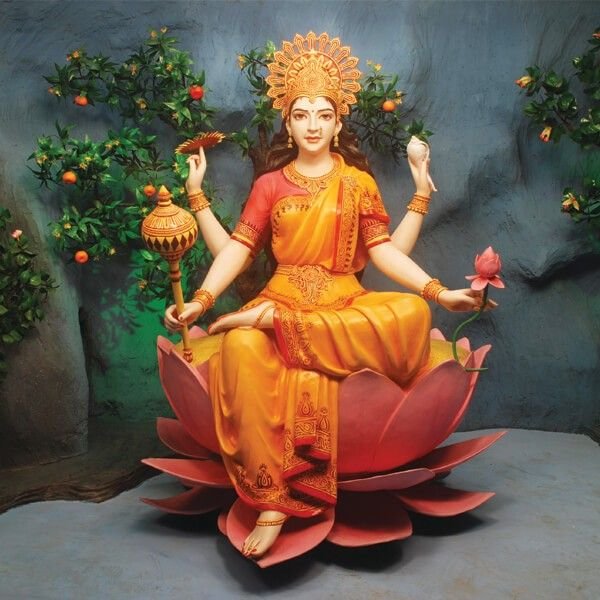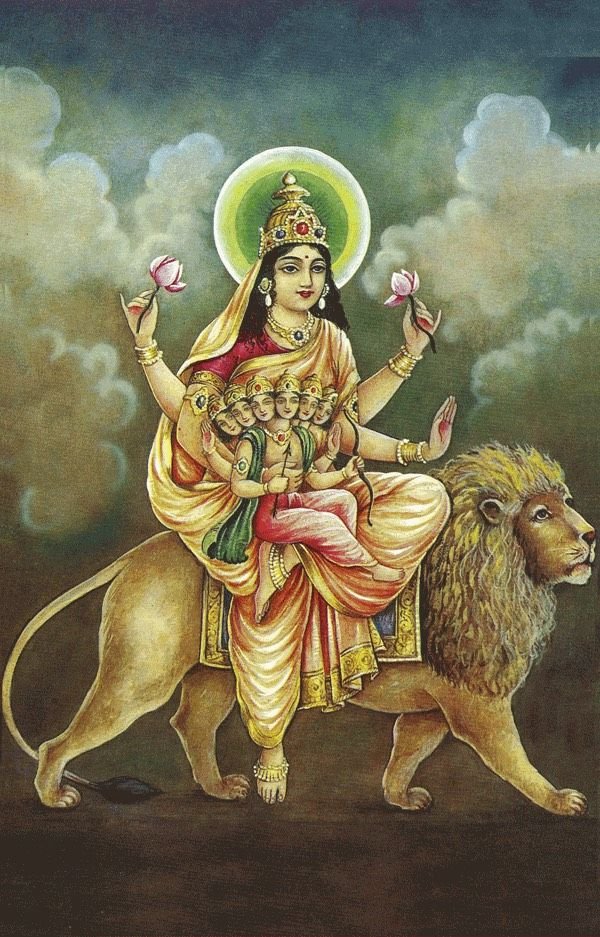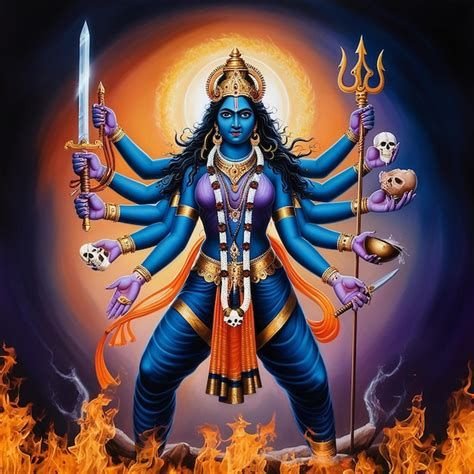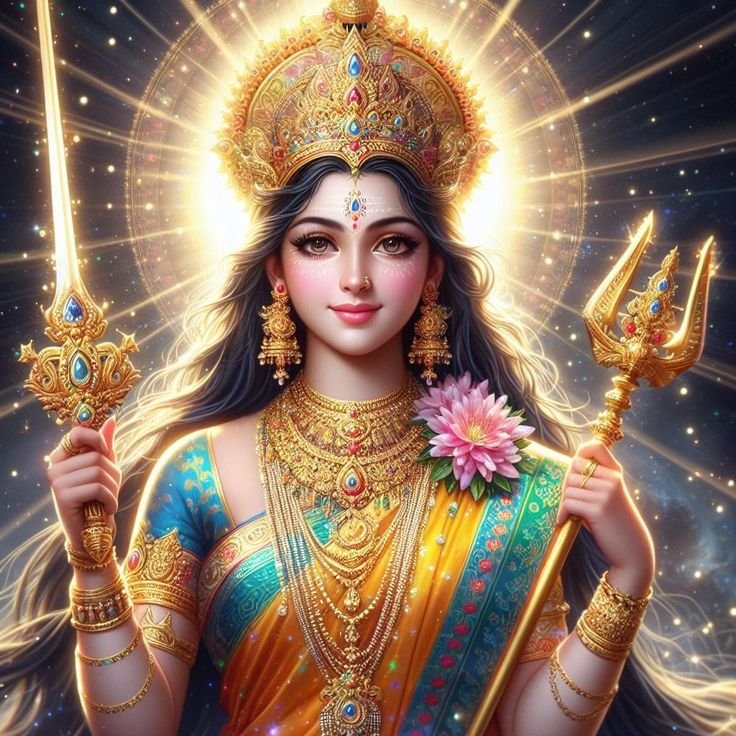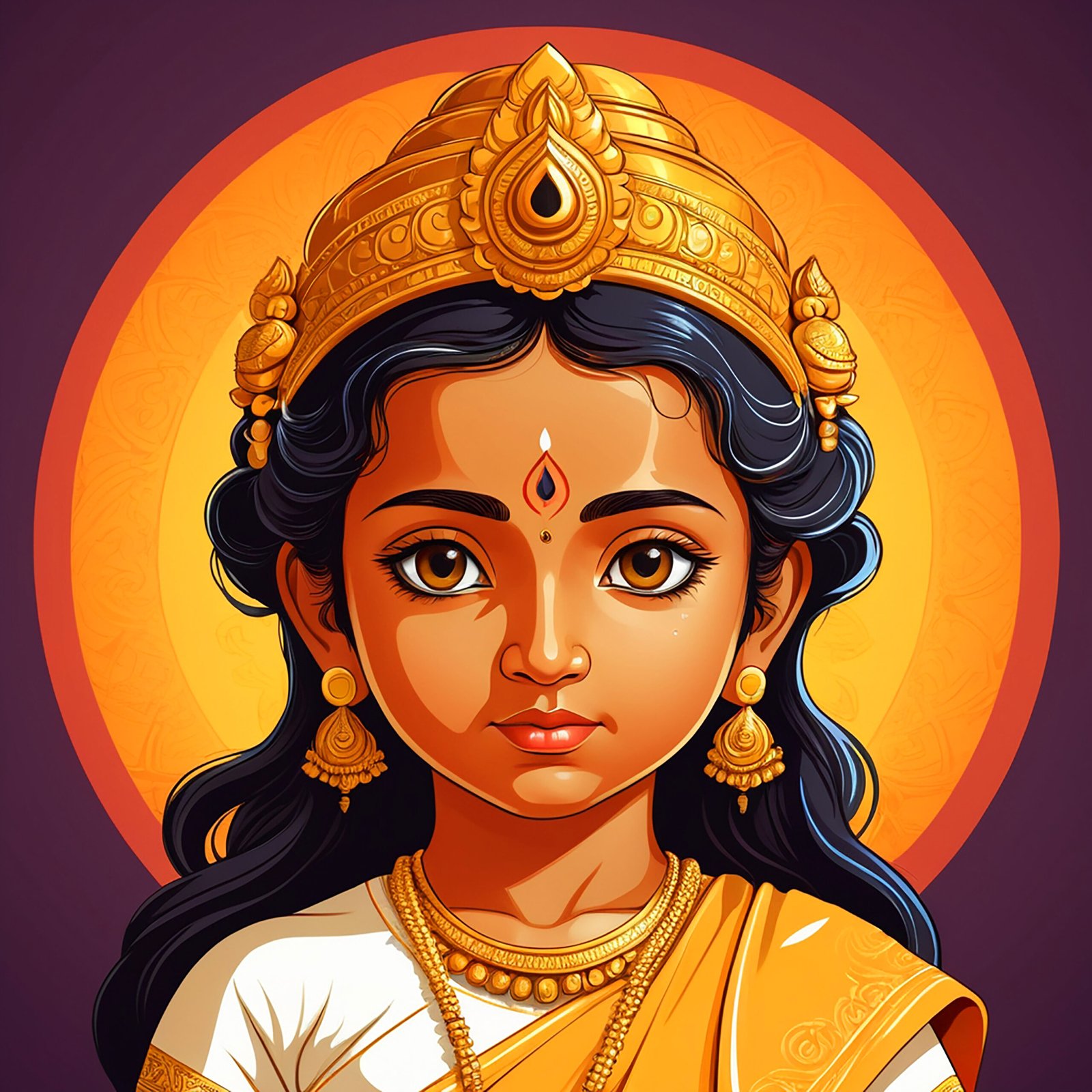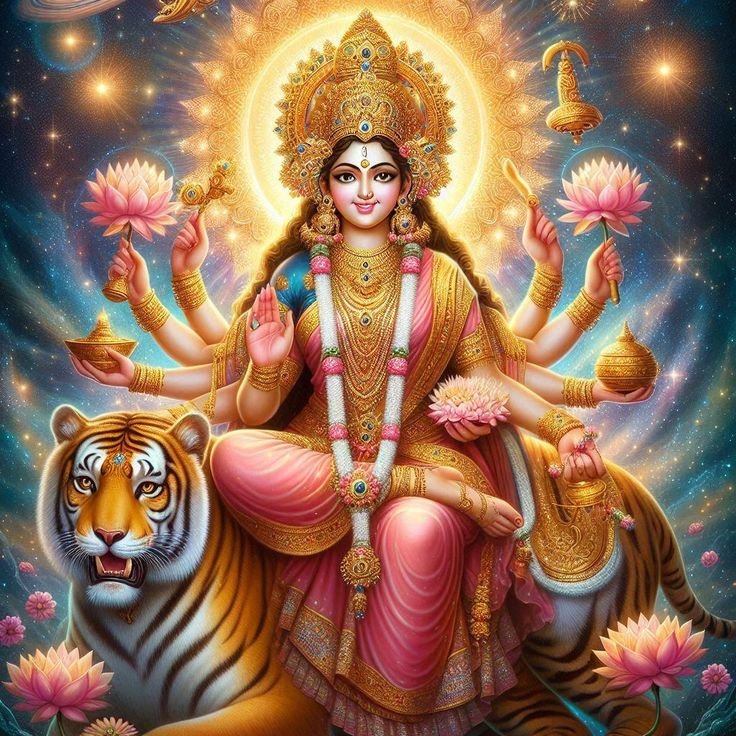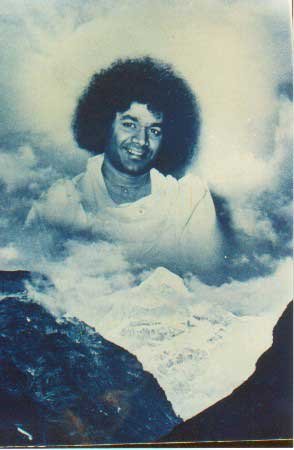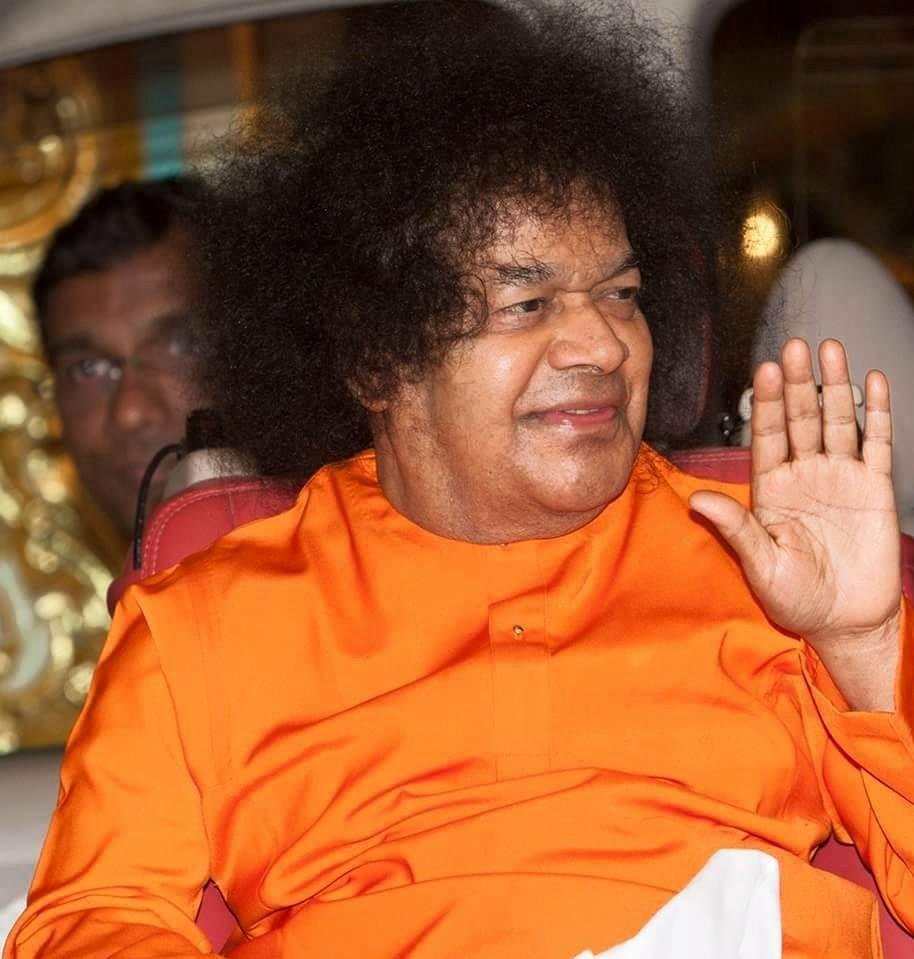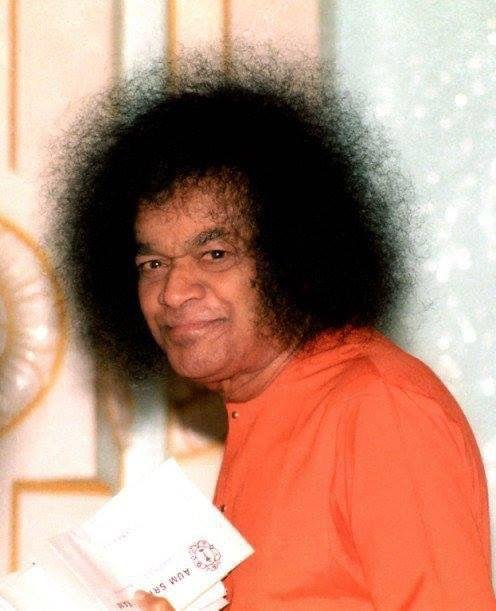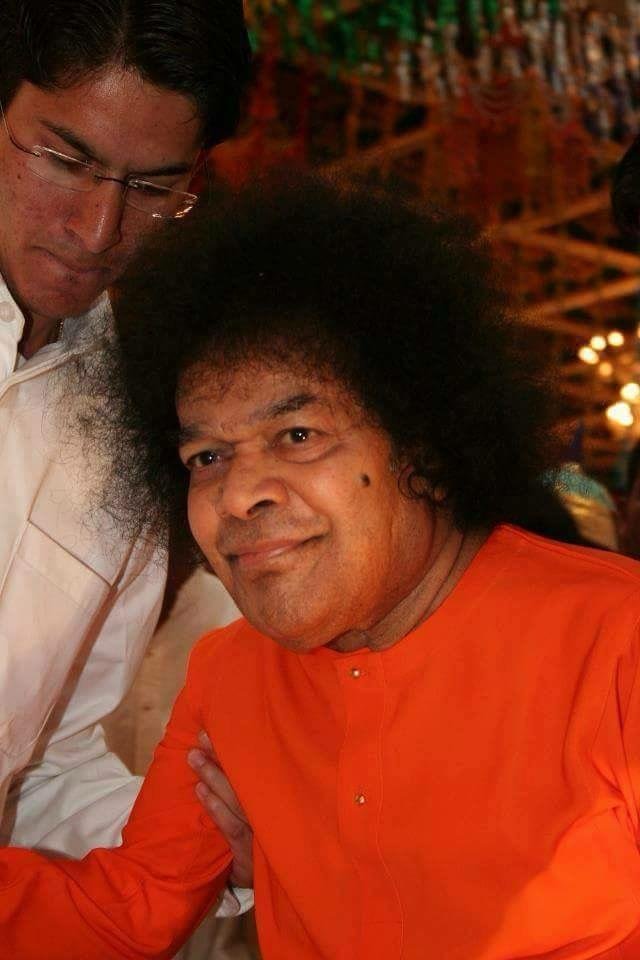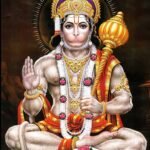Shri Magadha Temple

Magadha Shakti Peeth, also known as Patan Devi Temple, is one of the most sacred Shakti Peethas in India, located in the ancient city of Patna (formerly Pataliputra), the heart of the historic Magadha kingdom. According to legend, it is the divine spot where the right thigh of Goddess Sati fell, making it a powerful center of Shakti worship. The temple is dedicated to Maa Sarvanandkari, a fierce and benevolent form of the goddess who is believed to bring joy and protection to her devotees. Revered for centuries, this temple stands as a symbol of spiritual energy, resilience, and feminine power, drawing pilgrims and seekers from across India, especially during Navratri and other festivals. Locally, she is worshipped with the heartfelt chant: “Jai Maa Patneshwari!”





Holy Magadha Temple


The Magadha Shakti Peeth, commonly known today as the Patan Devi Temple, is one of the 51 sacred Shakti Peethas spread across the Indian subcontinent. According to Hindu mythology, these Peethas were formed where parts of Goddess Sati’s body fell when Lord Shiva wandered in grief after her self-immolation. It is believed that Sati’s right thigh fell at this site, making it a powerful place of divine feminine energy. The goddess worshipped here is known as Sarvanandkari (one who brings joy to all), and the temple holds immense religious importance for followers of Shaktism and Tantra traditions.
The temple’s roots trace back to ancient Magadha, one of the earliest and most powerful kingdoms in Indian history. The capital of Magadha was Pataliputra, modern-day Patna, and it served as a center of religious, political, and cultural activity for centuries.
Temple Timings



